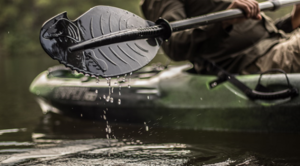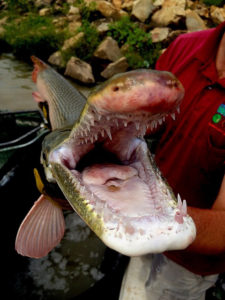In the late 1950s and early 60s fireworks were legal in Georgia. And not just the wimpy stuff made legal in the past few years and being sold now. I don’t think there were any restrictions or controls on size or power. All six of the small stores in Dearing had a display every July 4th and New Year’s.
We kids saved our money from allowances, collecting bottles for deposits, picking blackberries for sale and other money making schemes. Since my allowance was 25 cents a week and we got a penny for every bottle collected from ditches and 25 cents for a full quart of blackberries, we were careful with our funds. We studied the fireworks displays, carefully picking out our favorite things to buy.
I loved things that made a big, powerful boom. Back in those days’ cherry bombs, TNT bombs and M-80s were my favorite and each one was just a few cents, so my money went a long way. I always got a few packs of smaller firecrackers as well as a few bottle rockets and aerial bombs, but those seemed to go way too fast.
The big ones were powerful. Every year we just had to test them on concrete blocks. A cherry bomb fired off in one the holes in a block would break it into two pieces, a TNT bomb would break it into several chunks. But an M-80 would shatter it into gravel chunks.
We always had to see what we could blow up. Anything around the farm was fair game for a bomb stuffed into it just to see the effect. Anything from tin cans to hollow trees were tested. Trees didn’t react much, but cans were shredded, and we learned to run from them fast to avoid the shrapnel.
We were constantly warned by parents and store owners to be careful, and we usually were. Every year my friends and I would challenge each other to hold a small firecracker between our fingertips and light it. I was never brave enough to do that, always throwing them away before they went off, but a couple of times friends were brave.
The powder stain on their fingertips and reported burning and stinging was not something I wanted to experience.
Sometimes friends would light a whole string of firecrackers. We all liked the rapid-fire popping, but the one time I did it, I realized I had burned up my whole string of firecrackers in a few seconds. I never wasted them that fast again.
Skyrockets and aerial bombs were similar. They were pretty and made a good boom, but each one was expensive, probably a quarter each, and each one was a one-shot deal. That was way to fast to blow my money.
One of my dumber tricks I tried only one time. For some reason I cut a 12-gauge shotgun shell open and made a small mound of the powder on a rock out in the woods. After placing two small firecrackers’ fuses touching the powder, I touched the pile with a lit match.
I’m not sure what I expected but it was not what happened. Maybe I thought the pile would burn slowly, lighting the fuses. But the whole pile of powder went off with a flash while I looked at it. Since I was close, it blinded me for a few seconds.
Then the two firecrackers exploded. I was within arm’s reach of all this and when they popped, my ears started ringing and I was deaf for a few seconds. Not a good idea.
When I could see again, I had to put out several small fires started by my experiment. The leaves beside the rock had caught fire from the pile of powder, then the firecrackers blew them for several feet around it, starting other fires.
One year I watched as a neighbor “shot an anvil.” To do that, the hole in the bottom of the anvil was packed with powder from several shotgun shells. It was carefully placed on top of another anvil and a fuse placed to light the powder.
I loved the big boom and ringing sound the top anvil made as if flew way up in the sky, but that huge chunk of iron flying on an uncontrollable trajectory scared me. I wanted to try it. But standing way back I could watch the projectile and know which way to run.
I was always afraid if I lit the fuse I would be running away – in the wrong direction. I never tried it.
Fire works are fun, but we should never forget what they represent this July 4. The rockets’ red glare and booming of cannon and guns while we fought for our freedom from a tyrannical government controlling us is what we celebrate.
Unfortunately, We the People have let our government become the tyrant, controlling every part of our lives. From what fireworks we can buy, if even allowed to buy any, to what guns we are allowed to own, all aspects of our lives are controlled by our own government. And it seems to get worse every year.
Will some future kid light fireworks and celebrate freedom, or will they be so brainwashed and controlled they have no idea what it means to be free?

